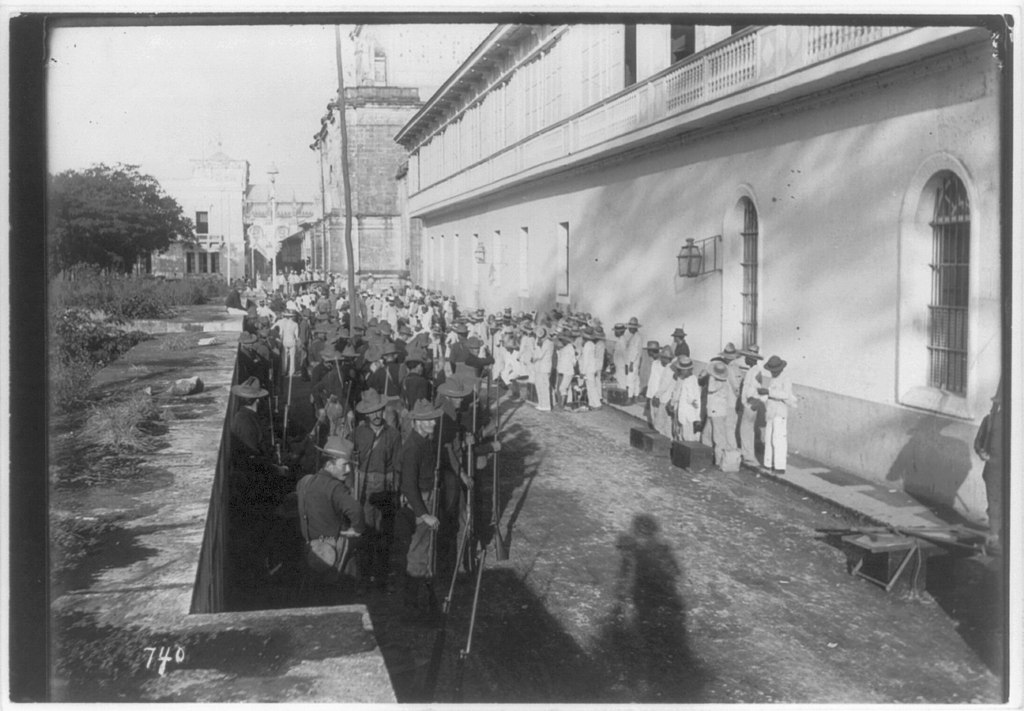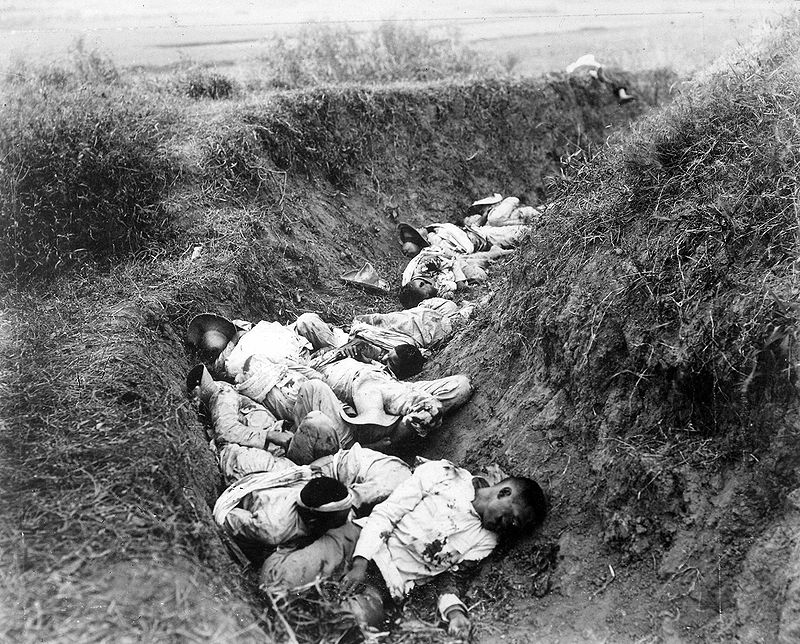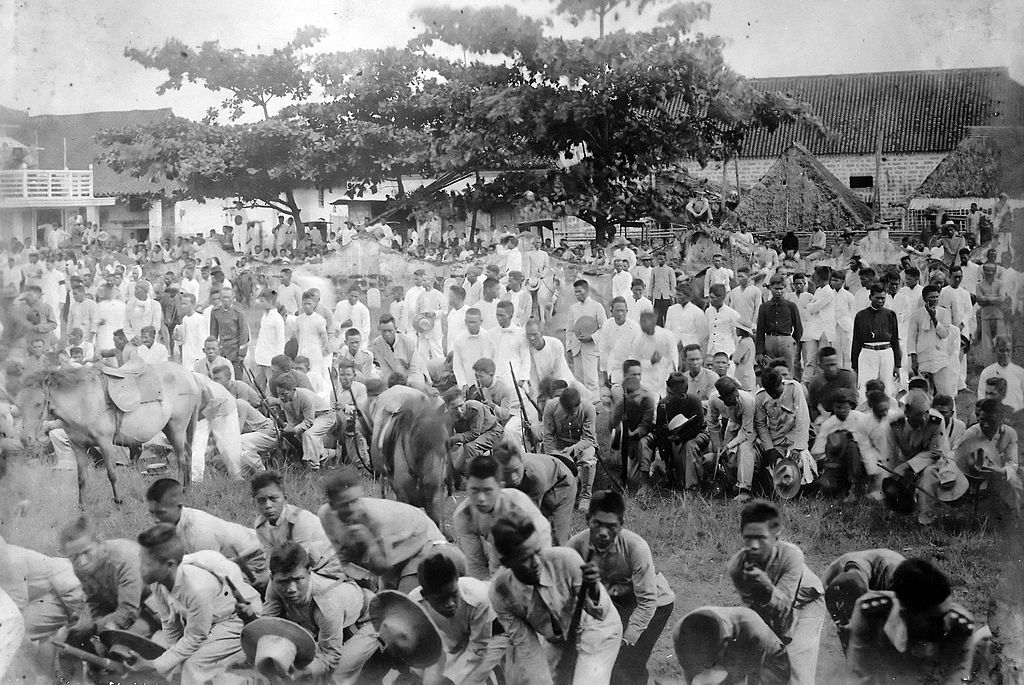Three Hundred and Thirty-Three years: that’s how long Spaniards have colonized and changed the course of destiny of the then humble islands of the Philippines. With the help of Americans, the Filipinos were finally able to declare independence from the European imperialists on December 10, 1898, through the Treaty of Paris. Little did Filipinos know, it was just the beginning of yet another invasion that will last for 48 years.
The Philippine-American War fought from February 4, 1899, to July 2, 1902, was a pitched battle in favor of the United States (U.S.) forces; and a bloody one. Historians account that the armed conflict was the bloodiest in all of Philippine history. About 20,000 Filipino revolutionaries died in the battle, and as many as 200,000 civilians more lost their lives due to famine, diseases, and atrocity – referred to by history books as ‘collateral damage. On the other hand, Americans lost around 4,200 of their men.
AN ENEMY MASKED AS A FRIEND
Opposite to the American’s claim that they avoided political dealings with Aguinaldo during his exile in Singapore, Filipino Historian Teodoro Agoncillo mentioned what he calls the ‘American Apostasy.’ The historian says the Americans themselves approached Aguinaldo during that time and assured him of the country’s independence and U.S. protection should he return to the Philippines and cooperate with the Americans to topple the Spanish rule once and for all, which Aguinaldo agreed.
Agoncillo further claimed that despite the secret arrangements to fight a common enemy, the Americans disproved the claims that there were such ‘political arrangements.’ In addition, they mistreated Aguinaldo as soon as they secured Spain’s surrender – implying that the Americans used Aguinaldo to further their ulterior motives.
Moreover, Agoncillo said that the Americans made a secret deal with the Spanish forces. The latter would surrender only to the American troops and not to the Filipino revolutionaries to not lose face. During the eve of the mock battle following the Spanish-American deal, the latter bluntly prohibited by the Filpino insurgents to enter the capital city, or they will open fire. With that, the insurgents were enraged, having been told to stand down and denied entry to claim their city.
TREATY OF PARIS
In 1896, after centuries of slavery and oppression, the Filipinos were finally getting a grip of the chances of attaining freedom from Spain through guerilla warfare during the Philippine Revolution. When the Americans waged war against Spain and won in 1898, both parties signed a treaty.
The Treaty of Paris ended the Spanish-American War and marked the end of the Spanish Empire. It led to Spain losing its sovereignty to its overseas colonies, including Cuba, Puerto Rico, and the Philippine Islands. The Philippines tasted its first supposed freedom after 300 years of being colonized. But, it was just the beginning of another nation’s expansion. Read A Brief History of the Spanish Empire to know more about its rise and fall.
MANIFEST DESTINY
With the Treaty of Paris signed, the U.S. government commenced its other plan – to seize most, if not all, of the archipelago during the settlement. Filipino revolutionists faced the greedy move by the U.S. with utter dismay – seeing it as an extension of their centuries-long struggle for ultimate independence and freedom. It was an act of benevolence and an assertion of their manifest destiny for the Americans – a belief that they have been granted a divine mission to expand westward.
At that time, U.S. President William McKinley was adamant that the Filipino people are helpless and incapable of governing themselves; thus, the country needs a ‘helping hand’ and is better off as an American colony. The trickery led to an uproar among the Philippine revolutionists and the First Philippine Government led by Emilio Aguinaldo, ensuing in a bloody war soon after.
THE FIRST BULLET FIRED
Regardless of the stipulations in the Treaty of Paris, the Filipino troops maintained control all over the country. All, except the capital city, Manila. One can understand the reluctance of the Filipino revolutionists to hand over the reins to a new foreign ruler. Hundreds, if not thousands, of countrymen, were lost in the fight for the country’s freedom from the clutches of Spain, and losing it to yet another imperialistic power, masquerading as a friend is too much.
As if in some cinematic way, the war commenced on February 4, 1899. The American troops opened fire on a group of Filipinos despite having been ordered to only patrol and protect their camp. Some historians claim that the two Filipino soldiers killed in the shooting were unarmed.
THE BATTLE OF MANILA
Hours after the first bullets fired, President Emilio Aguinaldo offered to declare a ceasefire. But U.S. Army General Elwell Stephen Otis refused the ceasefire offer and moved on to the armed conflict citing that since the war has begun, “it has to carry on until the grim end.” It led to 15,000 Filipino militiamen under President Emilio Aguinaldo entering the battlefield. On the other side, 19,000 U.S. soldiers commanded by General Otis prepared for war.
What could have been an avoided conflict led to a bloody and brutal battle between the American and Filipino soldiers that lasted until February 5, 1899. The decisive victory for the Americans claimed an estimated 700 Filipino lives and left 3,300 others wounded. For the victorious side, only 44 soldiers were killed, while 194 others were injured.
The war proceeded to months and months of military conflict after the First Philippine Republic declared war against the U.S. on June 2, 1899. Each time, the Americans were the victors. Aguinaldo’s forces tried fighting a conventional war that, with U.S. fully-armed and trained troops, proved to be a colossal mistake. Filipinos suffered enormous losses before switching to a more practical yet still unsuccessful way of guerilla warfare. In 1901, the U.S. captured Aguinaldo, and by the spring of the following year, most of the armed Filipino insurgencies ceased, officially ending the war on July 2, 1902.
PHILIPPINE INDEPENDENCE FROM THE US
The Philippine-American War was a devastating defeat for the Filipinos despite what Americans claim to be an act of benevolence. With the insurmountable military advantage, Filipino troops were defenseless in avoiding another colonial power to take over the country. The war paved the way for the Philippine-American relationship, resulting in the latter’s building of commercial and military bases throughout the country.
In March 1934, the Tydings-McDuffie Act, also known as the Philippine Independence Act, was enacted by the U.S. Congress and created the Philippine Commonwealth, with Manuel L. Quezon being its first elected leader. By that time, the country seems to be on its road to achieving ultimate freedom; then World War II happened, and Japan occupied the country from 1941 to 1945. The U.S. granted the Philippines independence and surrendered its control over the archipelago through the Treaty of Manila on July 4, 1946.



